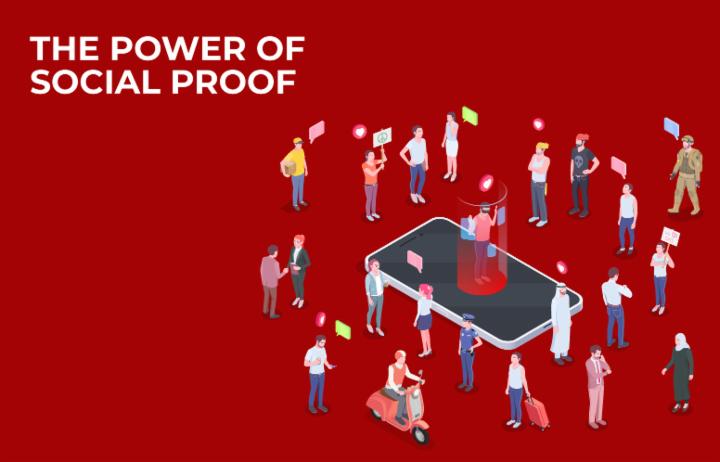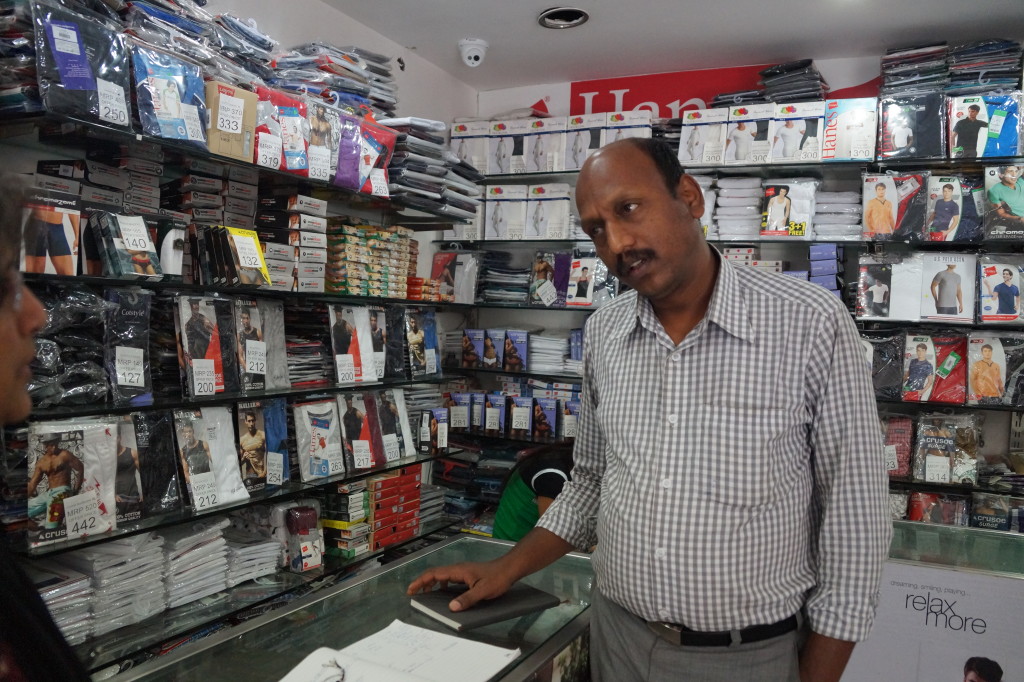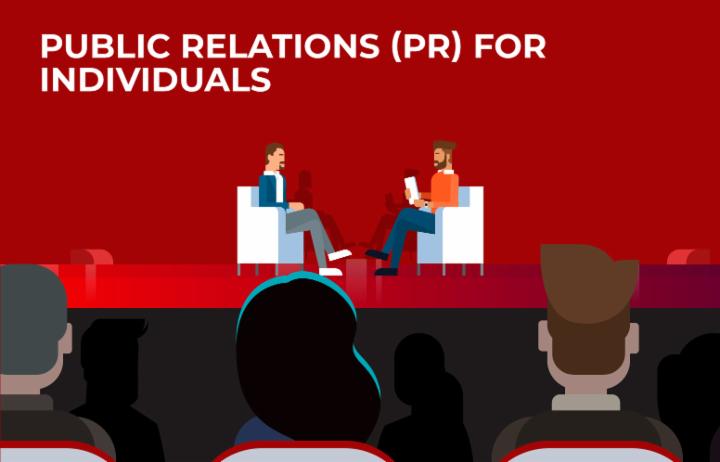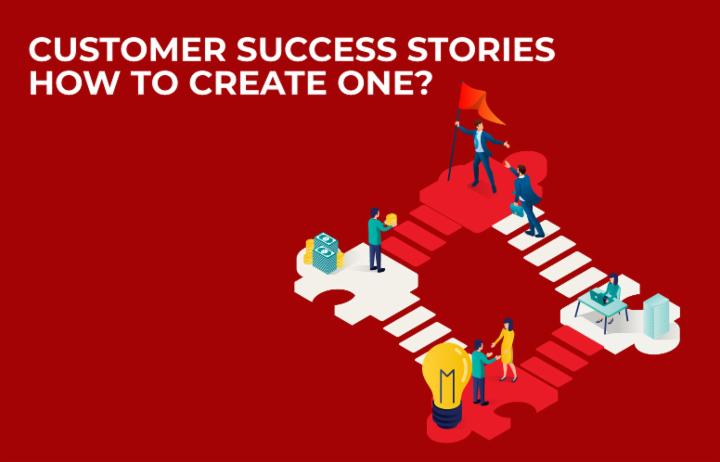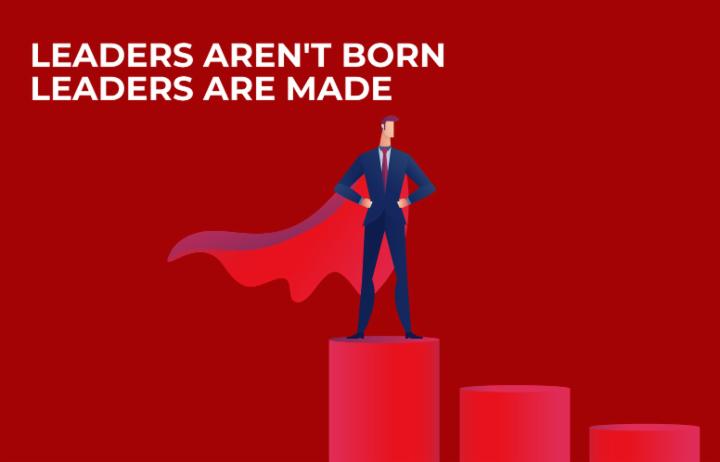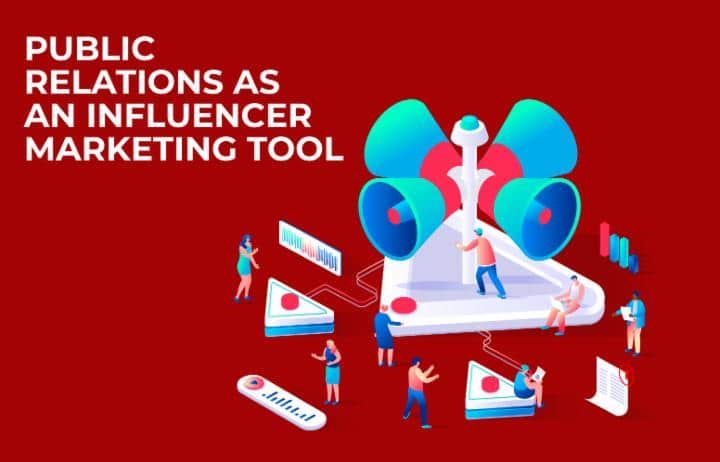
Public Relations as an Influencer Marketing tool

Wikipedia defines Public Relations as ‘The practice of managing the spread of information between an individual or an organisation and the public’.
Simply put, PR is getting media to write stories or articles about your company, products and services on a positive note so that your prospects get to know about it. These stories or articles are not paid for.
The stories get written when the reporters get to know you and your company and see the value your products and services can provide to their readers. A good reporter will also research on his own, to ensure that their readers get authentic information.
PR is an effective influencer marketing tool for quite a few reasons:
Newspaper reading is habit forming. Most people tend to stick to a certain publication. They form their preferences for reporters and feel that if the reporter is writing about your company, you must be doing something worthwhile. Media and reporters rank highly as Influencers. It is the credibility of the publication and the reporter which makes the article authentic.
PR has high credibility – Tweet that.
PR has a greater shelf life – longevity. An article gets shared and referred to if it strikes a chord in the reader.
PR has a wide reach – Sometimes, your story which appeared in a local publication might get picked up by a trade publication or national media and get wide visibility.
PR is almost free – The cost incurred is for the resources. It is the manpower and time dedicated to researching the right kind of publications and getting to know the reporters of those publications. An investment made also to create content to be shared with them.
There are also spends – for hiring a good PR consultant, to create ‘news-worthy’ stories, press releases dissemination, to meet and greet media etc.
PR is also called Earned media. It helps establish you and your company as subject matter experts. It helps create awareness among prospective customers who read about your company in media.
How can a start-up or an SME practice Public Relations?
Great PR requires creativity, careful planning & persistent effort – Tweet that.
You don’t need to be a large corporation to invest in Public Relations. Even a start-up or an SME can practice PR by following the steps listed below:
A simple approach to practice PR:
- Get a good understanding of the publications and reporters that write about your industry.
- Read the articles/stories written by the reporter you are pursuing. If you like his stories, let him know by either writing a mail or commenting online about it. Follow him/her on social media. Share the article with your prospective customers if relevant.
- If you have a good idea for an article, create a short but concise note on the idea and reach out to a reporter. There is a possibility that your story idea will be turned down. Try to find out the reason and improve your pitch for the next idea. You may succeed eventually and the same reporter might end up treating you as a source of reliable information on an ongoing basis.
- Most reporters work against a tight timeline. If and when the reporter reaches out to you for a story or a quote, be sensitive to timelines. If, for some reason you are unable to provide the information, keep the reporter informed in advance.
- Be persistent without being a pest. Understand what’s the right time to call the reporter. Know his pressures and be of help.
- Remember to thank a reporter when he writes about you or your company. Share the article on your social platforms. Share it with every stakeholder to ensure it reaches everyone that matters.
PR can be more effective then advertising. PR is an effort intensive but high return marketing tool.
We provide PR as a service or provide consulting service to ensure quick and definite results!

